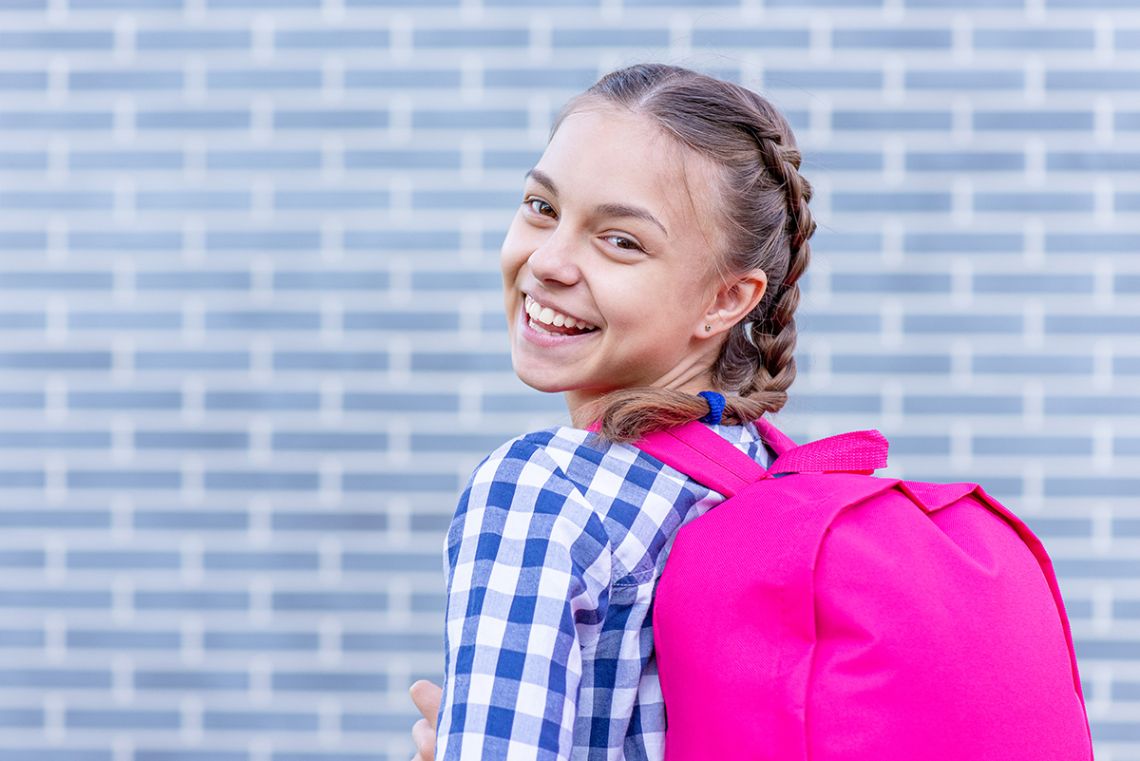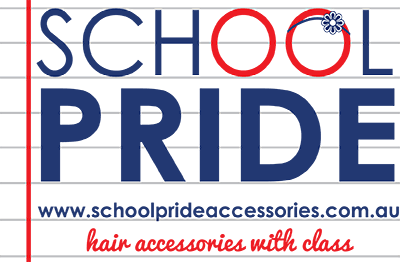Keeping your kids free of nits & head lice

Lice. Oh, how we mums dread that single word. I don’t know about you but when my kids’ school sends home a head lice notification because someone in their grade has the nits, my scalp instantly starts crawling and I go on hyper-vigilant mode with my own kids.
What are head lice?
Head lice are parasites that live on human scalp and hair and feed on human blood. They live off small amounts of blood from the scalp while laying their eggs (known as ‘nits’) along the hair shaft, very close to the scalp.
They crawl from head to head so can be very contagious in settings where little heads are in close contact with another for long periods of time such as in classrooms and are supremely annoying as they can be a pain to get rid of!
Once upon a time, a head lice outbreak meant shaved heads and having every single piece of bedding going into the washer for decontamination. Today, however, there is so much more information out there about the life cycle of head lice and nits, which have been very helpful when it comes to treatment protocols that are sensible and less drastic.
What you need to know about head lice and nits
The key to lice treatment is to understand their life cycle. Head lice can live up to 28 days and they develop in 3 phases: the nit or egg, the nymph, and the adult louse:
- Nits are typically pearly white or grey, oval-shaped, and usually found stuck to the hair shaft close to the scalp. They typically hatch in 6 to 9 days.
- Nymphs are typically greyish-white and look like a small version of the adult. They become adults within 7 days of hatching.
- The adult louse is usually beige in colour and the size of a sesame seed. They can lay up to 10 eggs per day.
Contrary to popular belief, head lice do not fly or jump – they crawl. The most common way to get lice is through prolonged head-to-head contact. While lice can be spread through the sharing of brushes, hats, pillows, and furniture, the risk of catching lice this way is very, very low.
What are the signs of head lice infection?
Most of the time, parents get alerted to head lice infections when children complain of an itchy scalp or when we notice our kids scratching their heads all day. In some instances, a rash appears due to the skin’s reaction to the lice saliva.
But did you know that sometimes it can take up to 4 to 6 weeks before the itchy scalp symptoms appear? That means you can have head lice for 4 to 6 weeks without even knowing! The best way to keep on top of the lice situation is to routinely sit your child down in a well-lit spot and spend a few minutes combing through their hair looking for nits and lice. It makes for a nice bonding time too, allowing you to chat about your days and anything under the sun!
How can I prevent head lice infection in the first place?
Educate your child
Talk to them about head lice and what an infection means (itchy head, insects in your hair, feeling very uncomfortable, etc). Then encourage them to learn how to avoid head-to-head contact with their friends at school, and to avoid sharing hairbands, hair clips, hair ties, hats, and scarves.
School Pride Hair Accessories are gorgeous, durable, and affordable – get them their own so they’ll stop sharing! Check out our school hair accessories here.
Keep long hair tied back

Not only does it keep long hair from covering little faces and distracting them from their learning, but keeping long hair tied back also can reduce the likelihood of head lice infection. Braids are wonderful for head lice prevention!
Use off-the-shelf head lice deterrent sprays, shampoos, and/or conditioners
These days, you can find head lice deterrent sprays off-the-shelf at your local supermarket or find them easily online. Some examples include Babo Botanicals Lice Repel range, Moov Head Lice Defence Spray, NitWits range of products, and more. One word of caution is that some of these contain chemicals that may irritate your child’s tender skin and scalp, so be careful and make sure to check the ingredients and patch test when trying something new.
Make your own DIY head lice repellent sprays

If you prefer something more natural and less toxic, you can make your own DIY sprays. All you’ll need is a spray bottle, some water, a few drops of essential oils, and all you have to do is spritz it all over your child’s head every morning before school (and preferably before any activity that involves other children). Some essential oils that are thought to be unpleasant for head lice include:
- Tea tree
- Lavender
- Rosemary
- Lemongrass
- Geranium
- Peppermint
- Eucalyptus
So depending on which scents are more appealing to you, mix and match until you find the perfect formula. Here’s a recipe that you might like to try. As a bonus, some of these work as mozzie-repellents as well! But remember, these sprays are not treatment options, just deterrents. If your child comes home with head lice and nits in their hair, here’s a tried and tested way to treat it.
Easy head lice treatment
The first line of treatment for most adults and kids over the age of 2 months old is an over-the-counter treatment using 1% permethrin or pyrethrins. It is important to note that most medications kill lice but do not kill nits. Successful treatments require medication followed by careful combing of the hair to remove lice and nits.
Remember the life cycle of the head lice we talked about above? Knowing that it takes between 6 to 9 days for eggs to hatch, the best course of treatment is to first kill the head lice with medication, then to commence a 10-day period of wet-combing to ensure that you haven’t missed any of the lice and have more freshly-laid eggs waiting to be hatched.
Here’s what you need to do:
Step 1: Generously apply conditioner or combing gel (often included in any over-the-counter nit kits) to the scalp and full length of your child’s dry hair.
Step 2: Untangle the hair with a brush or wide-toothed comb
Step 3: Using a fine-toothed head lice comb (available at most pharmacies and again often included in kits), carefully comb along the scalp through to the ends of the hair.
Step 4: Wipe the comb after each stroke on a white paper towel and check carefully for nits or lice
Step 5: Comb each section at least 5 times.
Step 6: Wash the hair as normal when finished.
Repeat the wet-comb method every 1-2 days until your child is nit- and lice-free for at least 10 days.
Treatment Tips:
- Check the waste material you comb out for adult head lice each day after combing. If any are found, this indicates a new outbreak and you will need to start again from day 1, as new eggs may have been laid by the adult lice.
- Check for head lice once a week for at least 4 weeks after you complete the 10-day treatment. You may wish to do this on the weekend when you have more time. Applying plenty of hair conditioner makes combing easier and more effective.
- Check all other household members for head lice and treat as necessary.
Let’s bust some old wives’ tales
“Nits love dirty hair”
Absolutely not. Nits and head lice love hair. Period. We just say that so that our kids won’t try to get out of hair-washing nights.
“Nits will fly or jump from head to head”
Head lice don’t have wings, so they can’t fly. Neither do they jump! That’s why head-to-head contact and sharing stuff like hair clips and hats are the most common ways to get infected.
“Just wash your hair to get rid of them”
If only! These little buggers are clingy and tough to get rid of. In fact, new research indicates that we now have drug-resistant Super Lice amongst us that are even harder to kill. Careful combing with conditioner and a super-fine toothed comb is still the most effective treatment method.
“To kill lice, you need to freeze everything!”
This used to be a common belief and people would put pillowcases and hairbrushes in the freezer! Now we know that head lice and their nits require the warmth of our heads and the blood from our scalp to survive. So bust out the vacuum cleaner and give those beds and couches a good once-over to get rid of the critters.
“You only get head lice in school”
Nope! One common culprit is the indoor play centre. Basically anywhere where kids congregate and play. So don’t let down you guard during the school holidays!
“Head lice spread diseases”
As far as we know, head lice are just nuisances that create discomfort. Though highly contagious, they are not known to spread diseases so rest assured!
If you’re reading this and know other parents who could benefit from the information provided in this post, please share it! The more we all know about head lice, nits, and their prevention and treatment, the better our chances are of surviving the school years free from nits and lice.
